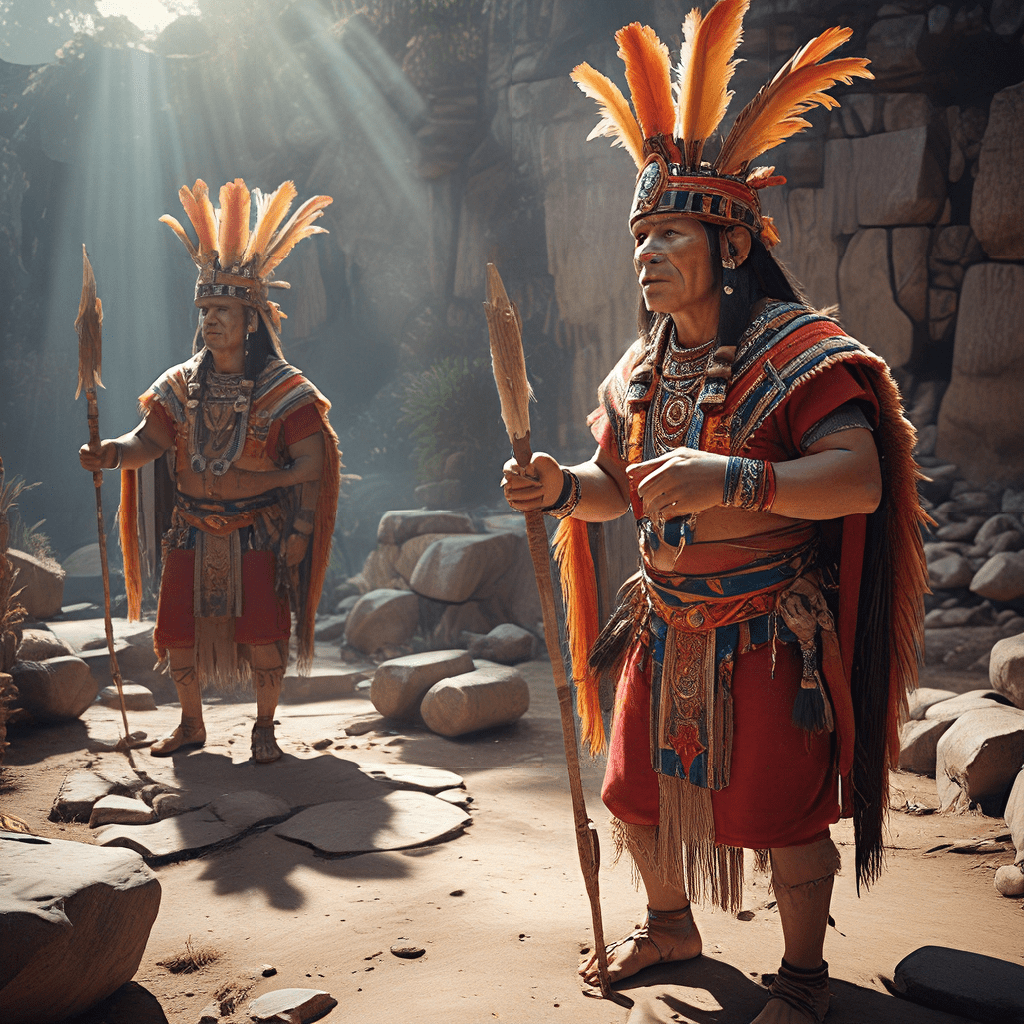The Mythical Waters: Sacred Rivers and Lakes in Lore
1. Introduction to Sacred Waters
Sacred rivers and lakes are bodies of water that hold significant spiritual and cultural importance across various societies. These waters are often revered as divine, serving as sites of worship, pilgrimage, and ritual. From ancient civilizations to contemporary faiths, the reverence for water reflects humanity’s deep connection to nature, spirituality, and the cycle of life.
This exploration of mythical waters in lore seeks to uncover the rich narratives and symbolism tied to these sacred places. By delving into different cultures, we can appreciate the profound impact that these waters have had on human civilization.
2. The Role of Water in Mythology
Water is a potent symbol in mythology, representing various themes across cultures. It signifies:
- Life: Water is essential for survival, making it a universal symbol of life and sustenance.
- Spiritual Cleansing: Many traditions view water as a means of purification, facilitating spiritual renewal.
- Duality: Water embodies both creation and destruction; it can nurture life but also has the power to devastate through floods and storms.
3. The Ganges: The Divine River of India
The Ganges River, known as Ganga in India, is revered as a goddess and holds immense historical and spiritual significance. It is a lifeline for millions, providing water for drinking and agriculture.
According to Hindu mythology, the Ganges descended from the heavens, brought down by King Bhagirath’s penance. This sacred river is believed to wash away sins and facilitate the soul’s journey to the afterlife.
Rituals such as Ganga Aarti and pilgrimages to holy cities like Varanasi highlight the river’s sacredness. Millions flock to its banks to perform rituals, immerse themselves, and seek spiritual solace.
4. The Nile: The Lifeblood of Ancient Egypt
The Nile River was central to ancient Egyptian civilization, nourishing the land and enabling agriculture. In mythology, it was associated with gods like Hapi, the god of fertility, and Osiris, the god of the afterlife.
Myths surrounding the Nile’s annual flooding were seen as a divine gift, ensuring bountiful harvests. The river was also crucial in burial practices; the Egyptians believed that the Nile’s waters would help guide souls to the afterlife.
5. Lake Baikal: The Sacred Jewel of Siberia
As the deepest and oldest freshwater lake in the world, Lake Baikal holds significant cultural value for indigenous Siberian tribes. They regard the lake as a sacred entity, imbued with spirits and ancient wisdom.
Legends tell of the lake’s creation by a shaman and the spirits that guard its waters. Modern conservation efforts aim to protect this natural wonder, intertwining traditional beliefs with contemporary environmental concerns.
6. The River Styx: Boundary of Life and Death in Greek Mythology
In Greek mythology, the River Styx serves as the boundary between the living world and the underworld, Hades. Souls of the deceased are ferried across by Charon, the boatman, emphasizing the river’s role in the afterlife.
The act of crossing the Styx symbolizes the transition from life to death. The river is often depicted as dark and foreboding, reflecting the fear and mystery surrounding death and the unknown.
7. The Amazon River: Mythical Creatures and Indigenous Lore
The Amazon River is rich in biodiversity and cultural legends. Indigenous tribes tell tales of mythical creatures that inhabit its waters, such as the Yacuruna, a water spirit believed to protect the river and its inhabitants.
The river symbolizes the interconnectedness of nature and spirituality. However, colonization has threatened indigenous beliefs, leading to a clash between traditional lore and modern exploitation of the Amazon.
8. Lake Titicaca: The Birthplace of the Inca
Lake Titicaca, located on the border of Peru and Bolivia, is often regarded as the birthplace of the Inca civilization. Mythical narratives describe how the sun god Inti and the moon goddess Mama Quilla emerged from its waters to create the first Inca.
The lake remains central to the cultural practices of the Andean people, who perform rituals to honor its spirits. Today, Lake Titicaca is both a historical treasure and a site of contemporary significance, drawing visitors and researchers alike.
9. The Role of Sacred Waters in Contemporary Spiritual Practices
Ancient beliefs in sacred waters continue to influence modern religions and spiritual practices. Rituals and festivals centered around sacred rivers and lakes are prevalent in various cultures, such as:
- Hindu Kumbh Mela: A massive pilgrimage where millions gather to bathe in the Ganges.
- Christian Baptisms: Utilizing water for purification and initiation.
- Indigenous Ceremonies: Many tribes perform rituals to honor sacred bodies of water.
The rise of eco-spirituality has also sparked movements emphasizing the sanctity of water and the need for conservation. Many view the health of sacred waters as symbolic of the overall health of the planet.
10. Conclusion: The Enduring Legacy of Mythical Waters
Throughout history, sacred rivers and lakes have been integral to the cultural and spiritual fabric of societies. From the Ganges to Lake Baikal, these waters embody themes of life, death, and the divine. They serve as reminders of humanity’s enduring connection to nature and the sacredness of the environment.
As we reflect on the significance of these mythical waters, it is crucial to recognize their ongoing relevance in our modern world. They continue to inspire rituals, foster community, and drive efforts toward environmental conservation, highlighting the intersection of nature and spirituality that has persisted across time.



